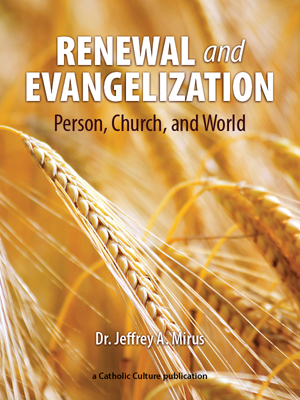The MOST Theological Collection: Our Lady In Doctrine and Devotion
"XI. Start of His Public Life: Cana"
a) Seeming rejection: She knew in her faith that He was not rejecting her, in spite of His words, "What is it to me and to you", which, as we see from OT usages, commonly had a tone of rejection or something similar. For she told the waiters to do whatever He would tell them to do. Again, she was holding on in the dark.
b) The term "woman": Of course, that term was a respectful one. But it would seem very strange. The key to the problem is in the fact that the Evangelists did not always report the very words of Jesus, though they would keep the sense. So we are permitted to think it was the Evangelist who changed the word here. A very plausible reason would be to tie together four places in Scripture. John Paul II, following a view of many exegetes, said, as we saw above, in his Encyclical, Redemptoris Mater, #24,"It is significant that, as he speaks to his mother from the Cross, he calls her 'woman' and says to her: "Woman, behold your son! Moreover, he had addressed her by the same term at Cana too (cf. Jn 2:4).... she... remains in that mystery as 'the woman' spoken of by the Book of Genesis (3:15) at the beginning and by the Apocalypse (12:1) at the end of the history of salvation."
c) Intercession: It is obvious that we may see in this episode an example of the power of her intercession. He worked His first miracle, and advanced His hour. There is no need to think that when He spoke of His hour, He always meant only the hour of His passion, though that was often true. It could also mean, as we see here, the hour to first manifest His power to inaugurate His public life.







